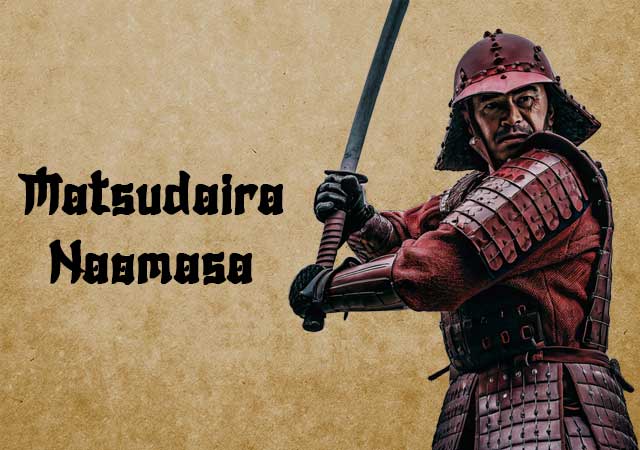
The late Muromachi period, also known as the Sengoku period, was an era of continuous conflict and upheaval, often likened to periods of chaos in Chinese history. This turbulent era was brought to an end by Tokugawa Ieyasu, who, with the support of loyal retainers, established the Edo Shogunate and became the ruler of Japan. Among Ieyasu’s descendants, Naomasa Matsudaira, his grandson, played a significant role during the Osaka Siege. He earned praise from his adversary, Nobushige Sanada (Yukimura Sanada), for his valor as a young warrior and maintained strong relations with successive Tokugawa shoguns.
Naomasa was born on August 5, 1601, in Nakagouchi, Ika District, Omi Province, as the third son of Hideyasu Yuki, lord of Echizen Kitanosho, and Gesshoin. His father, the second son of Tokugawa Ieyasu, was estranged from Ieyasu and denied the opportunity to become his heir. At birth, Naomasa was named Kawachimaru, later changed to Kunimaru.
In 1605, at the age of four, he was entrusted to Shigemasa Asahi, a loyal retainer, who raised and mentored him. Two years later, in 1607, Naomasa’s father, Hideyasu, passed away, leaving him under the guardianship of his elder half-brother, Tadanao Matsudaira, Hideyasu’s successor.
On April 17, 1611, Tadanao arranged for Naomasa to meet their grandfather, Tokugawa Ieyasu, at Nijo Castle in Kyoto. As Naomasa matured, he adopted parts of his brother Tadanao’s name, "Nao," and his guardian Asahi Shigemasa’s name, to become Naomasa Matsudaira.
During the Osaka Winter Siege in 1614, Naomasa, despite his youth, displayed exceptional courage. His bravery in combat at Sanada Maru, defended by Nobushige Sanada, earned him admiration even from his adversary. Yukimura reportedly praised Naomasa’s skill as a young samurai and gifted him a military fan, a token that became a treasured artifact in Naomasa’s family.
The following summer, Naomasa participated in the Osaka Summer Campaign alongside Tadanao, achieving military success, including contributing to the defeat of Yukimura Sanada. For his valor, Ieyasu personally commended Naomasa and gifted him a prized uchai-bukuro (a bag for food and money). Tadanao also rewarded him with 10,000 koku of land.
In May 1616, Naomasa received another 10,000 koku from the Kazusa Anegasaki domain, and by June, he held the Junior Fifth Rank Lower court title, Dewa no Kami, officially becoming a daimyō. These honors marked an extraordinary rise for someone initially considered unlikely to succeed in his family.
In 1623, Tadanao Matsudaira was forced to step down as family head due to misconduct and tensions with their uncle, Shogun Tokugawa Hidetada. This allowed Naomasa to further ascend. In 1624, he was granted the Echizen Ono Domain with a stipend of 50,000 koku. That same year, he was promoted to Junior Fourth Rank and appointed Chamberlain, demonstrating continued favor from the shogunate.
Naomasa relocated to the Shinano Matsumoto Domain in 1633 with an increased income of 70,000 koku. As lord of Matsumoto Castle, he undertook significant projects, such as repairing castle gates and turrets, minting Kanei Tsuho coins, and instituting tax reforms that benefited local craftsmen and townspeople. His leadership earned him a reputation as a wise ruler, and his transfer to the Izumo Matsue Domain in 1638 was met with regret by his former subjects.
In Izumo, Naomasa was assigned 186,000 koku, along with 14,000 koku in Oki Province, solidifying his position as a prominent daimyō. He implemented strict governance, including the suppression of Christianity within his domain, aligning with shogunate policies. Despite his harsh measures, he effectively managed the domain’s resources, encouraging economic growth through monopolies on key commodities such as wax, ginseng, cotton, and iron.
Naomasa’s achievements were recognized by the shogunate, and in 1663, he was entrusted with escorting Emperor Reigen’s enthronement envoy to Kyoto. However, his health began to decline that year, and he passed away on February 3, 1666, at the age of 66. His posthumous Buddhist name was Kōshinin Kinyoichiku Dozen, and he was interred at Gesshoji Temple in Matsue, which became the family mausoleum.
See also
-
Tachibana Dosetsu
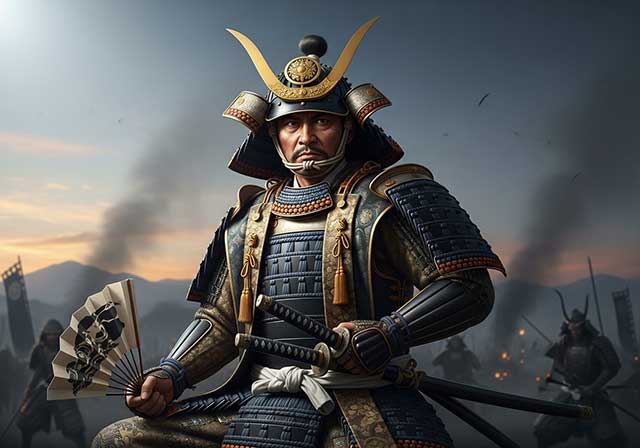
Tachibana Dōsetsu is the name by which Hetsugi Akitsura is more widely known; the name of this lineage is also found read as Hekki or Bekki. For a long period, Akitsura served the Ōtomo clan, the daimyō of Bungo Province, and took part in wars against the Ōuchi family, the principal enemies of the Ōtomo in northwestern Kyushu. In the 1560s, Akitsura seized the castle of the Tachibana clan, which had rebelled against the Ōtomo, and thereafter adopted the surname Tachibana. Around the same time, he took Buddhist vows and assumed the name Dōsetsu, which means “Snowy Road.”
-
Taira no Masakado
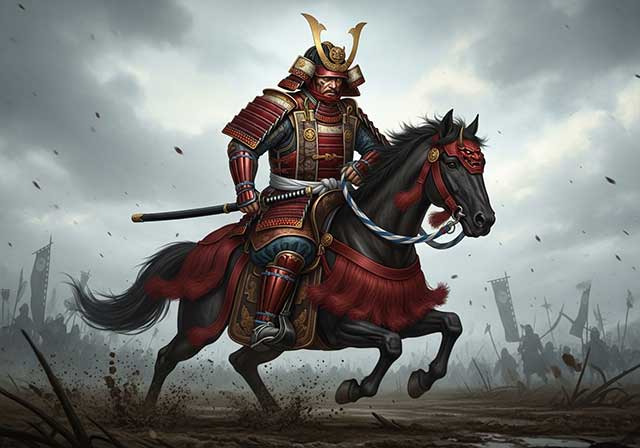
Taira no Masakado embodied the quintessential samurai of his era—self-assured, harsh, and unyielding. In his youth, he served in the palace guard and repeatedly proved his bravery while suppressing unrest. Thanks to these achievements, Masakado sought the post of chief of the capital’s military-police office (the kebiishi-chō), but he was rejected: by that time, nearly all court positions—now little more than privileged sinecures—were controlled by members of the powerful Fujiwara clan.
-
Sakakibara Yasumasa
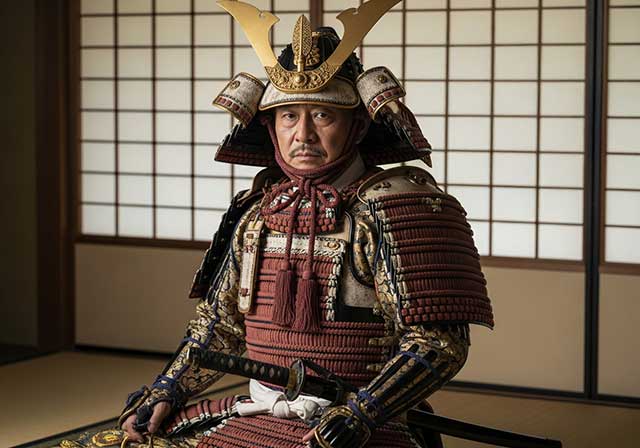
Yasumasa was the second son of Sakakibara Nagamasa and was born in Ueno in Mikawa Province. From a young age, he began serving Tokugawa Ieyasu and eventually rose to the position of one of his most trusted generals. His wife was the daughter of Osuga Yasutaka. Ieyasu first noticed the young Yasumasa during the suppression of the Ikkō-ikki uprising in Mikawa in 1564. Thanks to his demonstrated abilities, Yasumasa was granted the privilege of using the character “yasu”—the second character of Ieyasu’s own name—in his own. Although he was the second child in his family, he became his father’s heir, though the exact reasons for this remain unknown.
-
Sakai Tadatsugu
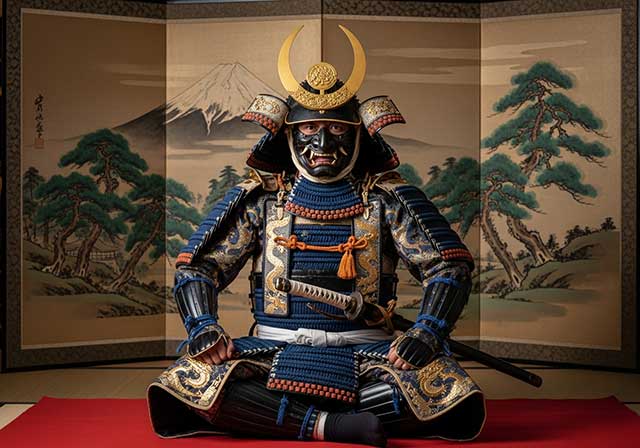
Tadatsugu was one of the most renowned generals serving Tokugawa Ieyasu. After Ieyasu broke ties with the Imagawa clan, Tadatsugu—an ardent supporter of this decision—was granted command of Yoshida Castle in 1565, which controlled the coastal road from Tōtomi to Mikawa. During the Battle of Mikatagahara in 1573, he held the right flank of the Tokugawa forces even when the troops sent by Oda fled under the assault of the Takeda army. In the Battle of Nagashino in 1575, he personally requested permission to carry out a night attack on the Takeda camp, which he executed brilliantly together with Kanamori Nagachika.
-
Ryuzoji Takanobu
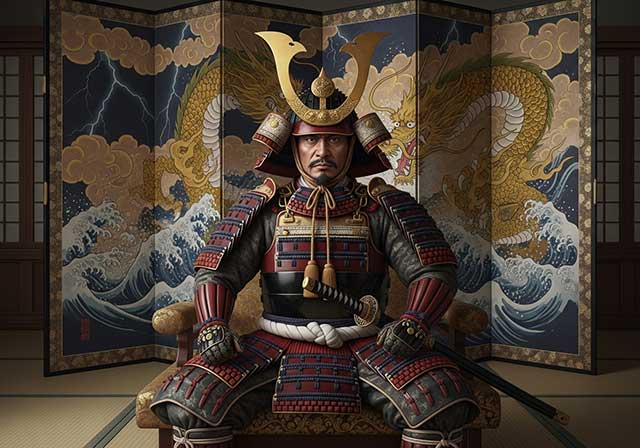
Takanobu was the eldest son of Ryūzōji Takaie and the great-grandson of Ryūzōji Iekane. His father was killed by a man named Baba Yoritiku in 1544. At a young age, Takanobu took Buddhist vows and received the monastic name Engetsu. However, around the age of eighteen, he returned to secular life, and in 1548, after the death of Ryūzōji Tanehide, he became the head of both branches of the Ryūzōji family.
-
Ouchi Yoshihiro
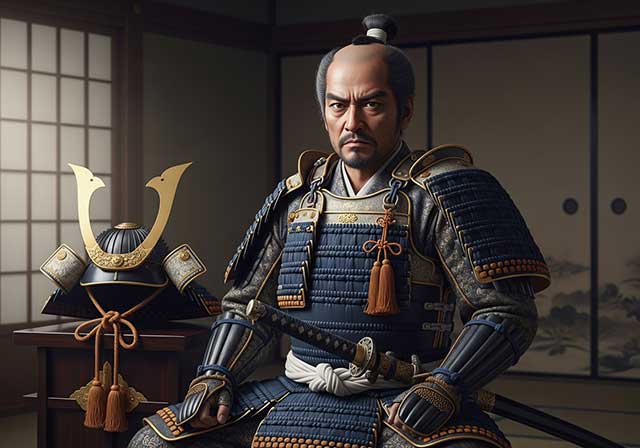
Ōuchi Yoshihiro was the second son of Ōuchi Hiroyo, who headed the Ōuchi clan in the western part of Honshu. In 1363, Shogun Ashikaga Yoshimitsu confirmed the Ōuchi family in the position of shugo of Suō and Nagato Provinces. In his youth, Yoshihiro assisted his father in strengthening the influence of the Northern Court on the island of Kyushu — they served under Imagawa Ryōsun, who had been tasked with subjugating the nine provinces of Kyushu.
-
Ouchi Yoshioki
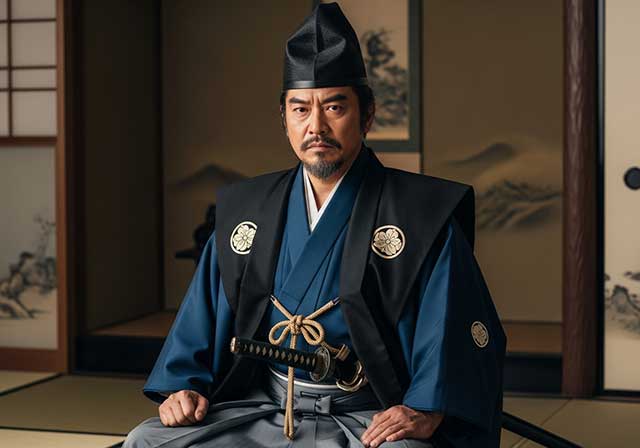
Ouchi Yoshioki, the ruler of the provinces of Suo, Nagato, and Iwami, was one of the most capable military commanders and politicians of the late 15th and early 16th centuries. The son of Ouchi Masahiro, he governed from his residence in Yamaguchi in the province of Suo. In 1499, Yoshioki gave refuge to Shogun Ashikaga Yoshitane, who had been driven out of Kyoto by Hosokawa Masamoto. Shogun Yoshizumi, Masamoto’s protégé, ordered the lords of Kyushu to unite their forces against Yoshioki; however, they did not dare to do so, fearing the power of a man who by that time controlled six provinces. Having gathered a substantial army, Yoshioki marched from his native Suo toward Kyoto in order to restore Shogun Yoshitane to power.
-
Otomo Sorin

Ōtomo Yoshishige came from a noble lineage, being the eldest son of Ōtomo Yoshiaki, the ruler of Funai Province. The roots of the Ōtomo family traced back to Fujiwara Hidesato, the adopted son of Nakahara Chikayoshi. Fujiwara served Minamoto Yoritomo during the Genpei War and took part in battles in Mutsu Province in 1189. In 1193, he was appointed shugo of Buzen and Bungo Provinces, after which he adopted a new surname—Ōtomo.

